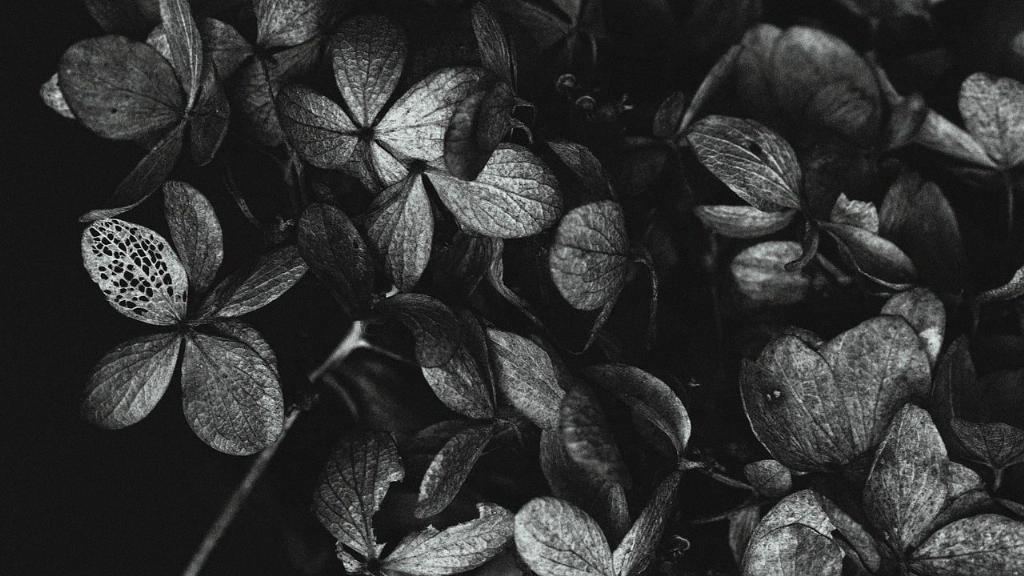When it comes to splitting hydrangeas, timing is crucial to ensure the successful separation of the plant. The best time to divide bigleaf hydrangeas is in the very early spring, just as new green buds are beginning to swell and open along the stems. This period provides the optimal conditions for the plant to recover and establish itself in its new environment.
Before you begin the process of splitting your hydrangea, gather the necessary tools such as a sharp knife, pruners, or a shovel. These tools will assist you in carefully dividing the plant without causing damage to the roots or stems. It is important to have everything prepared and within reach to facilitate a smooth and efficient splitting process.
Identify the areas of the hydrangea that you intend to split. Look for sections of the plant that have healthy roots and shoots, as these are indicators of a successful split. Carefully examine the plant and determine the best points for division to ensure that both resulting plants have the necessary resources to thrive independently.
Once you have selected the areas for splitting, use your chosen tool to make a clean cut through the roots and stems of the plant. Ensure that the cut is precise and that each resulting piece has an adequate portion of roots attached. This step is crucial in promoting the growth and development of both new plants.
After splitting the hydrangea, you will have two separate pieces with roots attached to each. It is essential to handle these divisions with care to prevent any damage to the delicate roots and shoots. Treat each split plant gently and with precision to encourage their successful transplantation and growth.
Prepare the planting site for the divided hydrangeas by ensuring that the soil is well-draining, nutrient-rich, and situated in a location with adequate sunlight. These factors are essential for the healthy growth of the newly split plants and will support their establishment in their new environment.
When replanting the divided hydrangeas, dig holes that are slightly larger than the root balls of the plants. This extra space allows the roots to spread and establish themselves easily in the soil. Place each split plant in its respective hole and gently fill in the surrounding soil to secure the plants in place.
Water the newly transplanted hydrangeas thoroughly to promote hydration and support root growth. Ensure that the soil remains consistently moist but not waterlogged to prevent any stress or damage to the newly split plants. Regular watering is essential in the initial stages of transplantation to aid in the establishment of the plants.
Monitor the divided hydrangeas closely in the weeks following transplantation to assess their growth and development. Keep an eye out for any signs of stress or wilting and adjust your care routine accordingly. Providing the necessary care and attention to the newly split plants will promote their successful establishment and growth.
Continue to care for the divided hydrangeas by fertilizing them regularly with a balanced fertilizer formulated for flowering plants. This additional nourishment will support the growth and blooming of the plants, ensuring that they thrive in their new environment. Follow the instructions on the fertilizer packaging for optimal results.
Prune the divided hydrangeas as needed to maintain their shape and promote healthy growth. Remove any dead or damaged foliage to encourage new growth and blooming. Pruning also helps to prevent overcrowding and maintains the overall health and vigor of the plants. Use sharp and clean tools to avoid causing injury to the plants.
In conclusion, splitting hydrangeas can be a rewarding process that allows you to expand your garden and propagate new plants. By following the proper techniques and timing, you can successfully divide your hydrangeas and ensure the healthy growth and development of the newly split plants. Careful planning, handling, and maintenance are key in promoting the flourishing of your divided hydrangeas.

